9M1 Science
Section outline
-
Kia ora,
If you have any questions, please e-mail me at chunter@mhjc.school.nz.
Looking forward to a great year!
Ms HunterEducation Perfect Course Code - 7Q652Z
Google Classroom Code - 7pgpol2
-
Students will research and explain the effects of drugs and/or alcohol on the body, specifically the brain.
-
Please upload your assessment document link(s) here.
The template should NOT be your final document but you can upload it to Google Classroom as a back-up.
-
-
Kia ora!
Learning Intentions
Explore the properties of fabrics to understand how traditional Māori garments were constructed.
Success Criteria
1. Identify and compare natural and man-made fabrics
2. Investigate the properties of materials (flame test, absorbency, and stretch)
3. Read about traditional Māori garments (uses and how they were made)
Activities
1. Intro activity on fabrics
2. Microscope work - compare and draw the structure of fabrics
3. Education Perfect - literacy activity on types of fabrics
4. Practical Activities - flame, absorbency and stretch tests
5. Literacy Activity - Reading about Māori garments (refer to Google Classroom for the task questions and link)
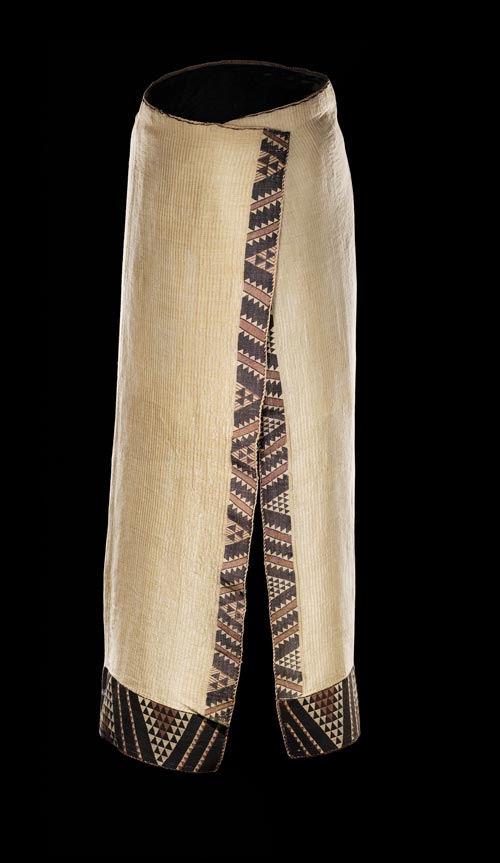
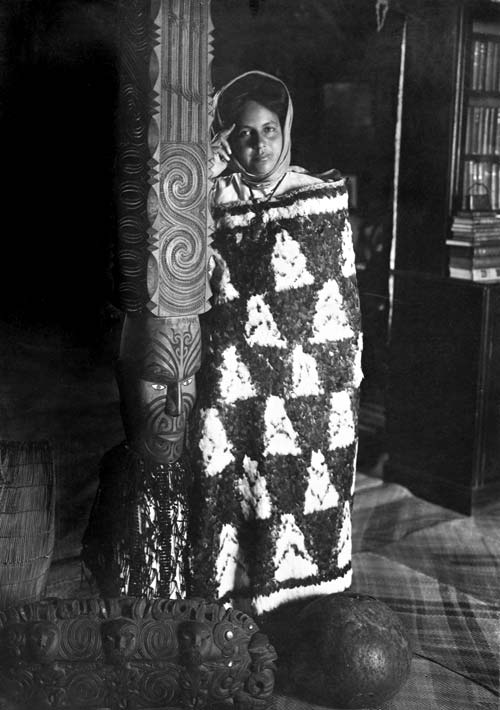
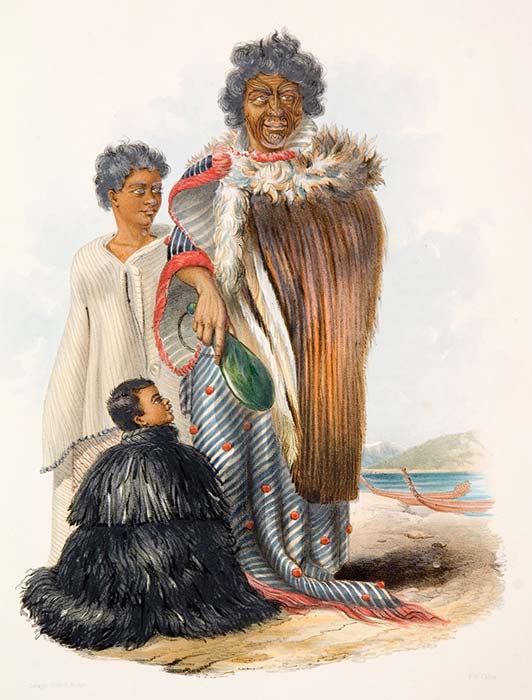
EXPLORE / TŪHURA learning intentions:
- We are EXPLORING...traditional Maori garments - the colours and fabrics - to find out how natural resources were used to make them
- We are EXPLORING... and experimenting with natural dyes
-
Success CriteriaDefine what a pH indicator is.Describe how altering the pH of a solution can change the colour of a dye.Activities1) Watch the YouTube video:2) Draw a pH scale from 0-14 into your book and colour them in with the corresponding colours. Label where acids, bases and neutral is. Add at least 7 different substances to your pH scale. For example, label water at pH 7.
EXPLORE / TŪHURA learning intentions:
- We are EXPLORING...traditional Maori garments - the colours and fabrics - to find out how natural resources were used to make them
- We are EXPLORING... and experimenting with natural dyes
-
Learning Intentions
Explore the properties of fabrics to understand how traditional Māori garments were constructed.
Success Criteria
Make dye lots and dye natural and synthetic fabrics.
We will practice making dye in Week 4 to explore how to get vibrant fabric colours and then make a second batch in Week 5.
MONDAY -- making the dyeMaterials needed:- chopping board- knife- 1/2 cabbage- pot- hot plate- strainer- wooden spoonInstructions:1. Groups of 3-4 people only! (6 groups in the class)2. Chop up the cabbage into small pieces and place in the pot. Cover with water.3. Put the pot on the hot plate and bring to a boil.4. Keep boiling and stirring for 20 minutes on level 2-3.5. Strain the liquid into a large ziploc bag (you will use it on Tuesday). Try to get as much liquid as possible.6. Clean up your station, including the sink. Rinse your pot, spoon and strainer. Toss your left over cabbage into the big blue bucket.TUESDAY -- dyeing the fabricMaterials needed:- dye from Monday- 3 250 mL beakers- glass stirring rod- dropper- fabric swatches and/or yarn (be sensible in how much you take... there are two classes ... consider what you have planned to make with the fabric or yarn)- substances to change the cabbage colour: soap, water, vinegar, baking soda- hot plateInstructions:1. Divide your liquid into the beakers.2. Using the soap, tap water, vinegar, and/or baking soda, add varying amounts to get the desired colour(s) ... maximum three colours due to the number of beakers required. This part should should take a maximum of 15 minutesPLEASE DO NOT BE WASTEFUL with the chemicals as sometimes you only need a drop to make a colour change3. Once you have your colour(s) place on the hot plate, add your fabric and boil for 15 minutes.4. Turn the hot plate off at the end of the lesson but leave the beakers on it to cool down.MAKE SURE YOUR NAMES ARE LEFT WITH THE HOT PLATE SO YOU GET YOUR BEAKERS BACK.
How does pH work?
To understand how pH can alter the colour, we need to learn about the chemistry behind it.
Success criteria
1) Explain how elements are organized in the periodic table
2) Describe and draw atomic structure of elements (protons, neutrons, electrons) using the periodic table's data
Activities
1) Making dye and dyeing fabric
2) In-class notes -- practice drawing electron diagramsEXPLORE / TŪHURA learning intentions:
- We are EXPLORING...traditional Maori garments - the colours and fabrics - to find out how natural resources were used to make them
- We are EXPLORING... and experimenting with natural dyes
-
Success Criteria
1) Build and compare the structure of elements, molecules and compounds
2) Conduct an acid and base reaction -- prepare a salt
3) Identify and name molecule and compounds using atomic structure
Activities
1) Molymods -- use molymods to build and compare elements, molecules and compounds
2) Acid and base reaction -- what happens chemically when an acid and base react: practical activity
3) Chemical formula practice -- please refer to the two worksheets
FOCUS / ARONGA learning intentions:
- We are FOCUSING...on how chemistry can be used to explain how the natural dyes work
-
Use the periodic table to answer these questions. You should be able to complete all of these activities.
You can write the answers in your book or a Google Doc, if you prefer. -
Use the periodic table to find the answers!
You can write the answers in your books.
-
Success Criteria
1) Describe the product of an acid and base reaction
2) Evaluate our strengths and weaknesses in chemistry
Activities
1) Chemistry quiz -- identifying and addressing the strengths and gaps in our knowledge
2) Review the acid and base reaction -- what are our observations ... what was produced and why
FOCUS / ARONGA learning intentions:
- We are FOCUSING...on how chemistry can be used to explain how the natural dyes work
-
We are working on our assessment this week:
- Planning the colours and materials required
- Preparing the dye and fabric
PLAN & DO / WHAKAMAHI learning intentions:
- We are PLANNING to use natural dyes and fabrics so that we can design and create our own treasures
-
Learning Outcome:
Investigate how dyes are used to make traditional clothing.
Success Criteria:
1) Define solution, solvent and solute.
2) Compare insoluble and soluble solutions.
Activities:
1) Visit Google Classroom -- there is a document posted on solubility, which includes a video to watch and outlines the at-home practical I would like you to complete and upload by next week.
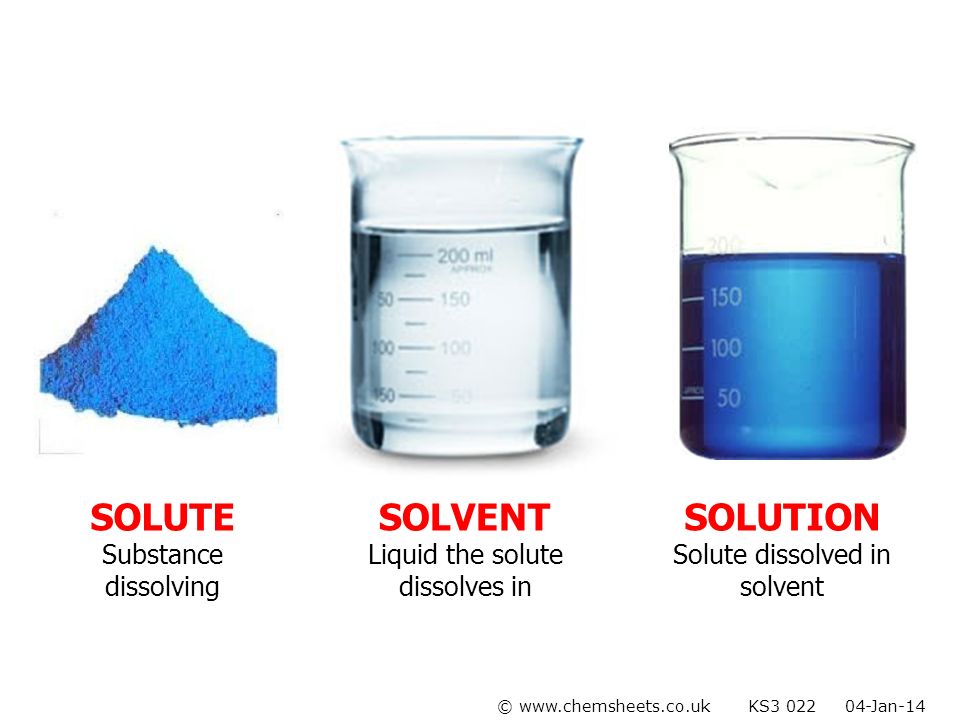
EXPLORE / TŪHURA learning intentions:
- We are EXPLORING...traditional Maori garments - the colours and fabrics - to find out how natural resources were used to make them
- We are EXPLORING... and experimenting with natural dyes
-
Learning Outcome:
Investigate how dyes are used to make traditional clothing.
Success Criteria:
1) Compare insoluble and soluble solutions.
2) Describe the difference between dilute and concentrated solutions.
3) Explain how concentration of solutions can affect dye work (and other technological applications).
Activities:
1) Monday: Finish your investigation into what may impact a substance's ability to dissolve. Be prepared to discuss in the Hangout tomorrow
2) Tuesday 9 am Google Hangout meet.google.com/fiz-vrbm-yme: Education Perfect work assigned on information on solute, solvent and solutions (it is assigned and should be completed by Wednesday)
3) Thursday/Friday: Working with concentrations - The amount of solute that dissolves will change the concentration of a solution. Dilute solutions have less solute than a concentrated solution.
For example, think of urine. If you are hydrated, you have lots of water (solvent) in your pee and only a little bit of salt, the waste (solute). This means your pee is light yellow. If you are dehydrated, you have less water in your pee to dilute the waste. This means your urine is concentrated and a darker colour of yellow.Check out this YouTube Clip:
You can change the concentration by adding more / less water. Recreate this investigation but also add in 1 drop of food colouring for every 1 teaspoon of salt. Watch what happens to the colour of the solution. FILM your investigation and post it (or a link to it) in Google Classroom with a paragraph explaining (IN YOUR OWN WORDS) why the solution's colour is changing. Include the key words: dilute, concentrated, solution, solvent, solute.
-
Success Criteria:
- Engage with a wide range of language, symbols and text by interacting with a range of scientific literature.
Activity Instructions:
1) Please select ONE piece of scientific literature: Youtube video / tv show / podcast / documentary / newsworthy article. (You pick it.)2) Watch/listen/read it.3) Post a link or write its source (eg. Disney+, Netflix, TV1) in the Padlet below under the appropriate heading. Write a sentence about what the "literature" is about and one sentence about why you selected it.4) Read the reviews posted. Select one long or two short "things" to review. For example, watch a recommended documentary (45 min) or read one article (5 min) and watch a YouTube clip (10 minutes). -
Success Criteria:
1) Engage with scientific literacy in print, video and audio formats2) Discuss the significance of the scientific literacy
Come to the Google Hangout on Tuesday prepared with your piece of scientific literacy ready to discuss.
Scientific Literacy Groups for Tuesday's Google Hangout
9:00 am: Group 1 - Manraj, Divesh, Austin, Ishveer, Joban, Harman
9:10 am: Group 2 - Paige, Karisma, Bianca, Ilina
9:20 am: Group 3 - Scott, Inayat, Keira, Maahi, Uthika, Avijot
9:30 am: Group 4 - Rubani, Parineet, Aaron, Justin, Sadiyah, Snow
9:40 am: Group 5 - Adam, Dillan, Mihika, Johnny, Marco, Bomee
-
Learning Outcome: To understand how the body is affected by drugs and alcohol, we must learn how the organs function.
Success Criteria:
1) State what the cell theory is
2) Describe the function of cells parts
Activities:
1) Read the Cell Parts and Function comic. Answer the corresponding questions and post your answers in Google Classroom.
2) Watch the "Cells" and "Cell Structures" clips in BrainPop. Username: MHJC Password: 1student ... take the quizzes and upload your scores
3) Make your own cells from homemade materials. They do not have to be fixed - just use your imagination. The cells can be as big or as small as you want. Eg. you can use a hula hoop for the cell membrane! Post your photos in Google Classroom.
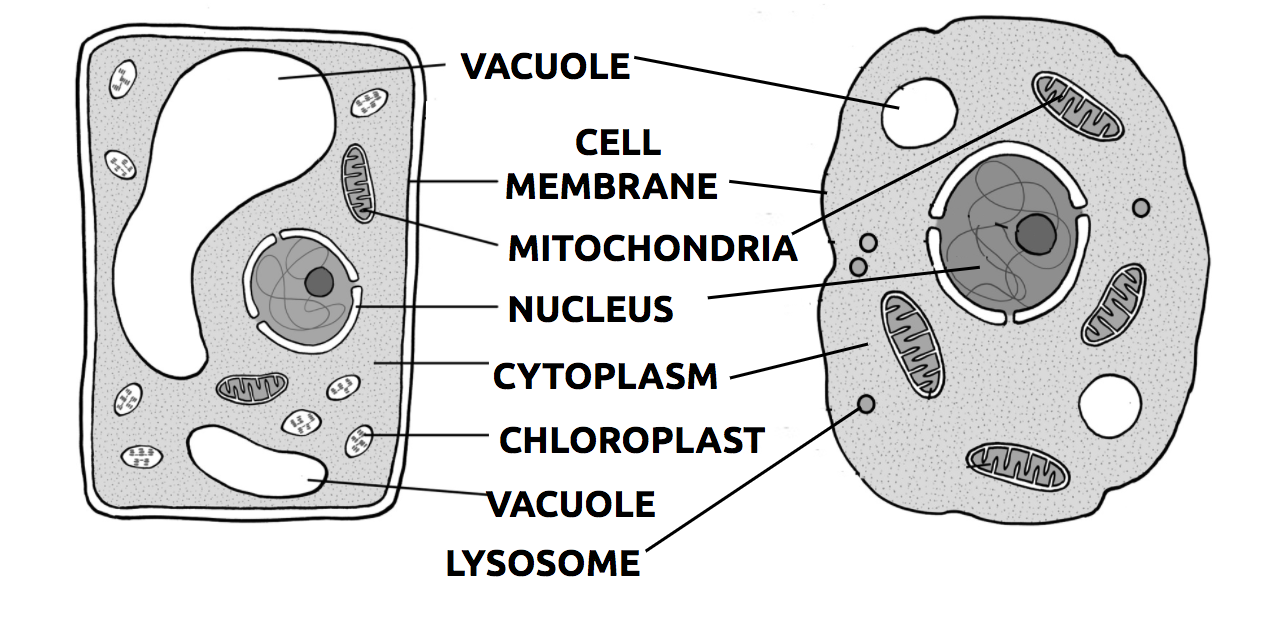
-
Context: Pandemic
Success Criteria:
1) Identify and describe the function of cell organelles (parts)
2) Describe how cells, tissues, organs and organ systems are related
3) Collect experimental data on reflexes
Activities:
1) Cells and cell parts: in-class notes
2) Neurons and reflexes: Collect data to relate reflex time to neuron responses
FOCUS / ARONGA learning intentions:
- We are FOCUSING...on describing how the brain functions
- We are FOCUSING...on comparing how drugs impact brain function
EXPLORE / TŪHURA learning intentions:
- We are EXPLORING...by observing brain responses (neurons) through investigations
- We are EXPLORING...how the brain works by researching different neurotransmitters
-
Success Criteria:
1) Label and explain the function of a neuron
2) Describe how signals in the brain are transmitted for different functions
3) Research different types of neurotransmitters
Activities:
1) Neurons: Examine a neuron (see image in doc below) and make one out of pipe cleaners, role play how neuron signals work, explaining what a synpase is, Education Perfect neuron work is also assigned
2) Parts of the brain: Go through the parts of the brain and their responsibilities
3) Neurotransmitters Assignment to be introduced later in the week: In partners you will research a different neurotransmitter and present the information to the class, comparing how drugs affect these neurotransmitters and different parts of the brain
EXPLORE / TŪHURA learning intentions:
- We are EXPLORING...by observing brain responses (neurons) through investigations
- We are EXPLORING...how the brain works by researching different neurotransmitters
-
Note: No class on Monday due to the Queen's Birthday and no class on Tuesday due to the Mates & Dates session.
Success Criteria:
1) Research different types of neurotransmitters
2) Describe what neurotransmitters do
Activities:
1) Neurotransmitters Activity - In partners you will research a different neurotransmitter and present the information to the class. It will be used to support the upcoming assessment. Note: Two groups per neurotransmitter maximum. Please put your names on your slide.
2) Parts of the Brain - refer to Google Classroom - use an interactive site to learn the location and function of each part of the brain
Partners:Manraj & Snow
Ishveer & Bianca
Sadiyah & Scott
Rubani & Aaron
Joban & Ilina
Paige & Avijot
Marco & Inayat
Karisma & Bomee
Justin & Parineet
Divesh & Keira
Dillan & Maahi
Mihika & Adam
Uthika & Austin
Johnny & Harmaan
FOCUS / ARONGA learning intentions:
- We are FOCUSING...on describing how the brain functions
- We are FOCUSING...on comparing how drugs impact brain function
-
Success Criteria
1) Used scientific communication skills to present your information on neurotransmitters
2) Used electrical circuits to explain how neurotransmitters work
Activities
1) Neurotransmitter presentations -- share your knowledge with the class in short (1 minute) presentations
2) Modeling neurons with circuits
3) Assessment work
FOCUS / ARONGA learning intentions:
- We are FOCUSING...on describing how the brain functions
- We are FOCUSING...on comparing how drugs impact brain function
-
Students are working on their assessment this week.
-
Success Criteria:
1) Label and describe the parts of plants required for growth
2) Explain the equation for photosynthesis and its importance to plant growth
3) Describe and explain the movement of water within a plant
Activities:
Students will work through the "Plants" tic-tac-toe activities over the next two weeks to meet the above success criteria.
The document is posted on Google Classroom to upload their evidence.
All resources are in the folders below.
-
Use these resources for the "Plant Parts and Uses" activities.
-
Use these resources to support the "Photosynthesis" activities.
-
Please use these resources to support the "Water Movement" activities.
-
-
Learning Outcome:
Read a Topographical map so we can locate where our waterways start and stop, and how they align with the earth's features
Success Criteria:1. Read the following on a topographical map: contour lines, index line, scale and symbols (legend) to describe what the earth's surface would look like
2. Make your own mountain and create a topographical map for it.
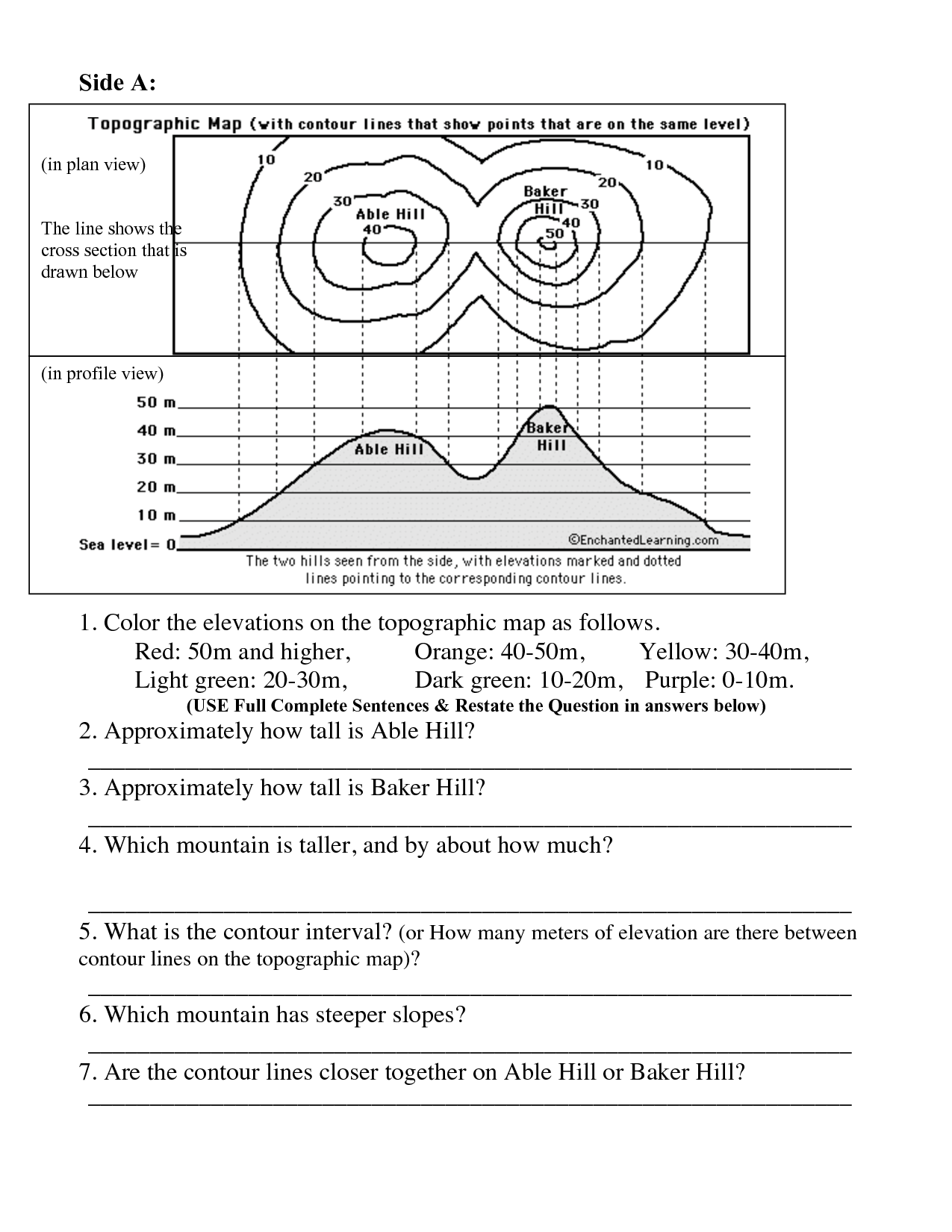
EXPLORE / TŪHURA learning intentions:
- We are EXPLORING...how the earth's surface forms bodies of water by analysing topographical maps
- We are EXPLORING...water quality by classifying macro-invertebrates, collecting and calculating data, and observing different bodies of water
-
You can use this site to locate different maps from around NZ.
-
For those interested in how to make play dough, here's the recipe used to for our mountains activity.
-
Learning Outcomes
Determine whether water that flows into our reservoirs is clean enough to drink without treatment.
Success Criteria:
1) Explain the process of the water cycle, using the terms evaporation, transpiration, condensation precipitation, runoff, infiltration
2) Explain why all waterways need to be clean.
3) Research and describe how to conduct one type of water quality test and its significance.
4) Carry out at least one chemical water test and describe the findings in terms of water quality.
Activities:
1) Make an active water cycle.
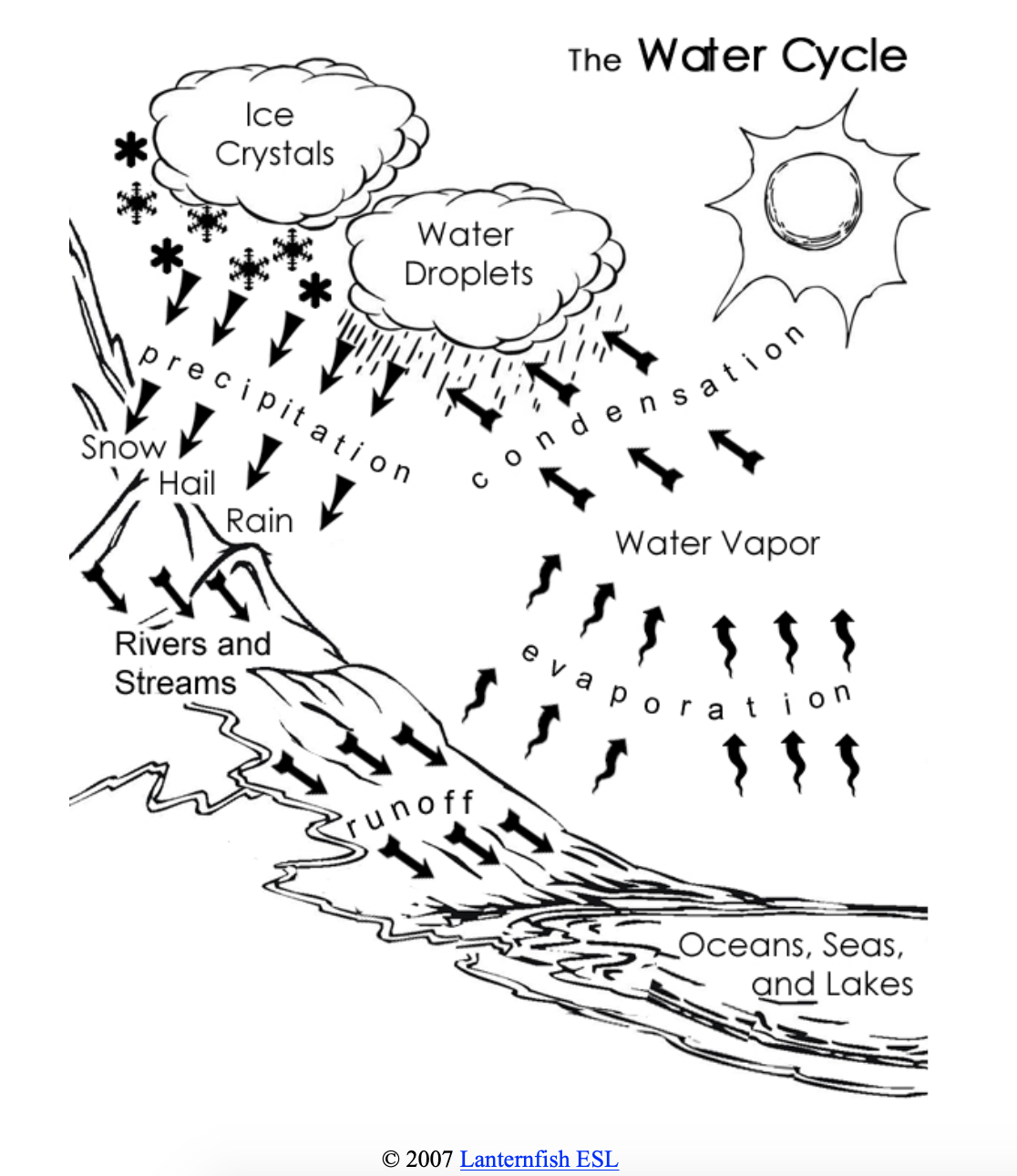
2) Watch a video on the importance of having clean drinking water. Describe why we need healthy waterways. Identify what impacts do that have on the environment. How can we determine if water is healthy?
3) Assigned partners will spend time researching one type of water quality test. Present information on ONE slide. What to include: how to carry out the test (video is fine), what the test is used for, how the results are reported, how do we know if the results are good or bad
4) Practice sampling water collected from the Hunua Ranges.
5) Collect water samples from Point View Reserve.
EXPLORE / TŪHURA learning intentions:
- We are EXPLORING...how the earth's surface forms bodies of water by analysing topographical maps
- We are EXPLORING...water quality by classifying macro-invertebrates, collecting and calculating data, and observing different bodies of water
-
This folder contains activities you can work on:
- water cycle crossword
- literacy activity
- practical activities
-
Learning Outcomes
Determine whether water that flows into our reservoirs is clean enough to drink without treatment.
Success Criteria
1. Identify the importance of water quality.
2. Describe how to conduct different water quality tests.
Activities
1. Take up questions from last week's video on water quality.
2. Look at tests used to determine water quality --> Group work and brief presentations (refer to Google Classroom)
EXPLORE / TŪHURA learning intentions:
- We are EXPLORING...how the earth's surface forms bodies of water by analysing topographical maps
- We are EXPLORING...water quality by classifying macro-invertebrates, collecting and calculating data, and observing different bodies of water
-
Learning Outcomes
Determine whether water that flows into our reservoirs is clean enough to drink without treatment.
Success Criteria
1. Describe how to conduct different water quality tests.
2. Design and build a water wheel as a way to access water.
-
Success Criteria
1) Refresher from last lockdown: Compare and give examples of solutions, solutes and solvents
2) Describe the impact to the environment of high or low concentrations of dissolved oxygen, phosphate and nitrates in bodies of water
3) Explain how nitrates and phosphates get into water and where the compounds move within the ecosystem.
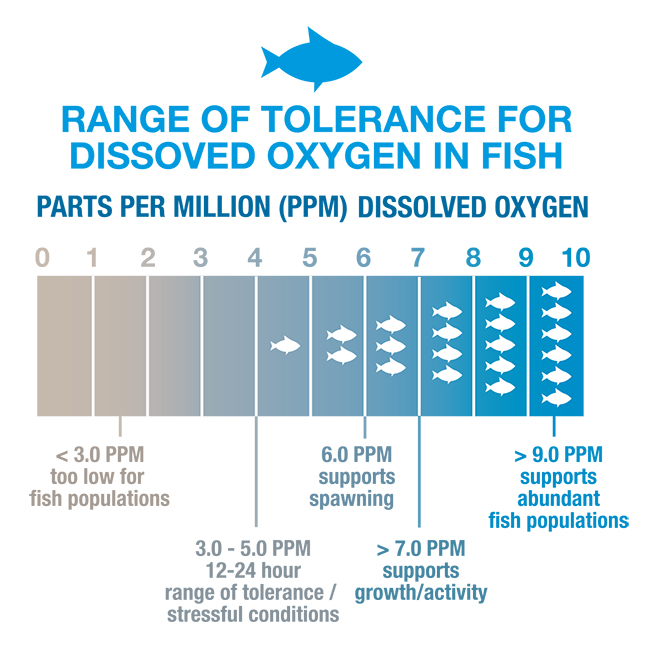
Activities
1) Google Slides -- work through the slides posted on Google Classroom. There are series of questions, activities (EdPuzzle, dissolving candies and making coffee), and videos that relate to to solutions and interpreting test results.
Please submit your presentation with the completed work by Monday.
FOCUS / ARONGA learning intentions:
- We are FOCUSING...on how describing how dissolved oxygen, nitrates and phosphates gets into waterways
- We are FOCUSING...on interpreting and explaining the impact of high/low concentrations of chemicals in water
-
Success Criteria
1) Compare and contrast mixtures and solutions, giving examples of each.
2) Explain different separation techniques in some detail: distillation, chromatography, evaporation, filtration
3) Apply your understanding of separation techniques to water testing
Activities
1) Separation Methods used in Water Testing: Google Slides posted to Google Classroom with corresponding activities contained in the slides
2) Three Education Perfect tasks on mixtures and solutions were assigned (36 minutes total)
3) Quizlet task assigned -- supports your understanding of key scientific terms
FOCUS / ARONGA learning intentions:
- We are FOCUSING...on how describing how dissolved oxygen, nitrates and phosphates gets into waterways
- We are FOCUSING...on interpreting and explaining the impact of high/low concentrations of chemicals in water
- We are FOCUSING...on choosing separation techniques appropriate to the water samples we collect
-
Success Criteria
1) Compare and contrast mixtures and solutions, giving examples of each.
2) Explain different separation techniques in some detail: distillation, chromatography, evaporation, filtration
3) Apply your understanding of separation techniques to water testing
Activities
1) Catching up from the lockdown -- completion of the Google Slides
2) Practical activities -- chromatography and filtration
FOCUS / ARONGA learning intentions:
- We are FOCUSING...on how describing how dissolved oxygen, nitrates and phosphates gets into waterways
- We are FOCUSING...on interpreting and explaining the impact of high/low concentrations of chemicals in water
- We are FOCUSING...on choosing separation techniques appropriate to the water samples we collect
-
Learning Outcome
Explain the significance of different separation techniques used in water testing.
Success Criteria:
1) Describe the process of distillation, using equipment names, and referencing processes (eg. evaporation, condensation)
2) Identify and reflect on the sources of water contamination (is contamination always due to a company?)
Activities:
1) Present information from last week on an article related to water contamination
2) Scientific Literacy -- refer to Google Classroom (complete one reading and fill out the Google Form)
3) Lab activity -- Distillation set-up and class demonstration
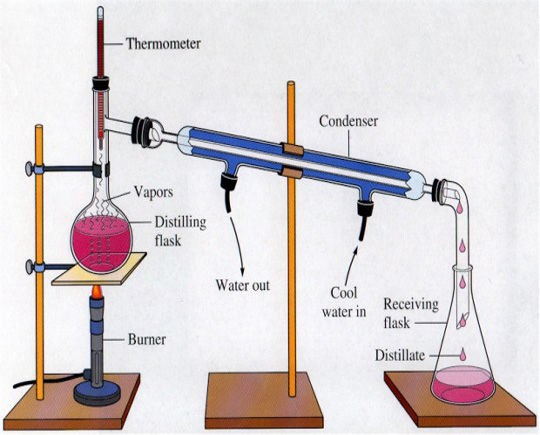
FOCUS / ARONGA learning intentions:
- We are FOCUSING...on how describing how dissolved oxygen, nitrates and phosphates gets into waterways
- We are FOCUSING...on interpreting and explaining the impact of high/low concentrations of chemicals in water
- We are FOCUSING...on choosing separation techniques appropriate to the water samples we collect
-
Learning Outcome
Explain the significance of different separation techniques used in water testing.
Success Criteria1) Explain the process of distillation, referring to the parts involved and the processes
2) Reflect on the implications of drinking unsafe water
Activities
1) Science Literacy -- refer to Google Classroom and post in Padlet
2) Distillation Quizlet activity. JOIN USING https://quizlet.com/join/H8EgAAJnm
3) Movie -- Erin Brockovich
PLAN & DO / WHAKAMAHI learning intentions:
- We are PLANNING... to compare and share our water resting results so that we can hypothesis why some streams may be healthier than others
-
Assessment Instructions
1) Select TWO locations (there are four in total)
2) Choose a minimum of 5 different tests from each location and copy the information into a table.
3) Compare the results of the tests from the two locations.
4) Use the documents from class to find out what the test results mean. Is the water considered safe? Are there any worrying results? Would we be able to drink the water if needed?
Documents that will help you in Google Classroom1) PDFs - one for PointView and one for Whitford of the test results.
2) Google Sheet -- contains all the information for Silvana and Plunket Ave (Manukau)
Other helpful documents (click the links)
1) Class presentations on the tests and their results
3) Drinking Water Quality: Testing and Interpreting Your Results
4) Other Google Slideshows on Google Classroom from the lockdown relating to water quality and testing
5) Refer to the folder with pictures from the water testing
Helpful exemplar
Comparing water clarity
Location A had a water clarity reading of 75 cm but Location B had a water clarity reading of 14 cm. The results show that Location A has much clearer water, with Location B being very cloudy. The cloudiness likely means there is a high presence of dirt and sediment in the water. When looking at the Google Satellite map you can see there is a lot of house construction close to the stream at Location B. The movement of dirt at the construction site could contribute to the decreased water clarity.
The water clarity needs to be above 30 cm so the fish and insects living in the water can locate food.
Recommendations: Contact the construction site that they could be a source of water contamination. (You can contact Auckland Council and they actually will contact the construction site, who can get a big fine. The companies are supposed to prevent the contamination from happening.) Auckland Council could also consider restricting the amount of housing near streams so the contamination is reduced.
Why this is a good example:
- there are numbers AND units in this answer.
- it stated which location was clearer and possible reasons to this
- it provided at least one recommendation on how to solve the problem
EXPLORE / TŪHURA learning intentions:
- We are EXPLORING...how magicians trick their audience by investigating light and mirrors
-
Context: Conspiracies
Learning Outcome for the context
Uncover how magicians use light and mirrors to trick their audience.
Success Criteria for the context
- Describe how light is a visible part of the electromagnetic spectrum - name the parts of he electromagnetic spectrum in order: radio waves, microwaves, infrared, visible, ultraviolet, xrays, gamma rays
- Explain how light travels at different speeds in different materials/media
- Relate amplitude of light waves to brightness of light
- Relate frequency of light waves to colour of light
- Describe how light rays can be transmitted, reflected and absorbed in different materials
- Label a cross section of the human eye and explain the function of each part: cornea, lens, pupil, iris, retina, optic nerve
- Draw a ray diagram showing how light travels from an object, through the eye and onto the retina
- Draw a ray diagram showing how light is reflected from a plane mirror and state the Law of Reflection
Activities
1) Literacy activity: True/False intro to light and Thomas Edison's story (refer to Google Classroom) and Education Perfect activities
2) Hands-on exploration: Why do lightbulbs give off white light and introduction to light boxes
3) Electromagnetic spectrum ... describe and explain the difference between its components and why we can only see "visible light"
EXPLORE / TŪHURA learning intentions:
- We are EXPLORING...how magicians trick their audience by investigating light and mirrors
-
Monday and Tuesday - no school due to the holiday and Teacher Only Day
CAT Practice is posted in Google Classroom and you will have an opportunity to look at that later in the week.
EXPLORE / TŪHURA learning intentions:
- We are EXPLORING...how magicians trick their audience by investigating light and mirrors
-
We are going to start exploring how the eye works.
Success criteria:
- Can label the parts of an eye (cornea, iris, retina, optic nerve, pupil and lens)
- Briefly explain the role of rods and cones in the process of how we see
Activities:
- Education Perfect activities
- Science Literacy reading (refer to Google Classroom)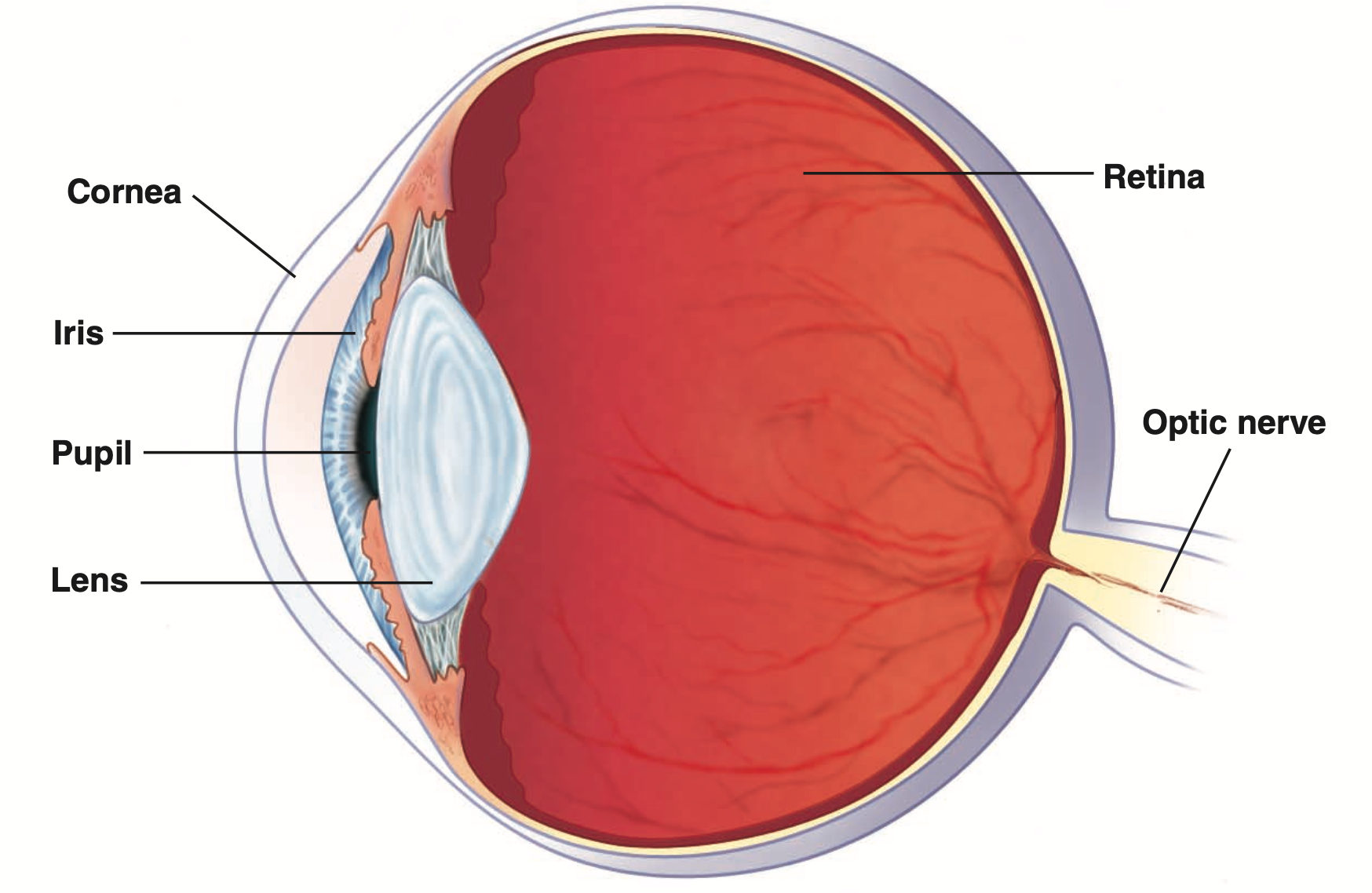
FOCUS / ARONGA learning intentions:
- We are FOCUSING...on explaining how our eyes work by carrying out an eye dissection to describe the function of each part
-
Learning Outcomes:
Successfully dissect an eye and identify the parts involved
FOCUS / ARONGA learning intentions:
- We are FOCUSING...on explaining how our eyes work by carrying out an eye dissection to describe the function of each part
